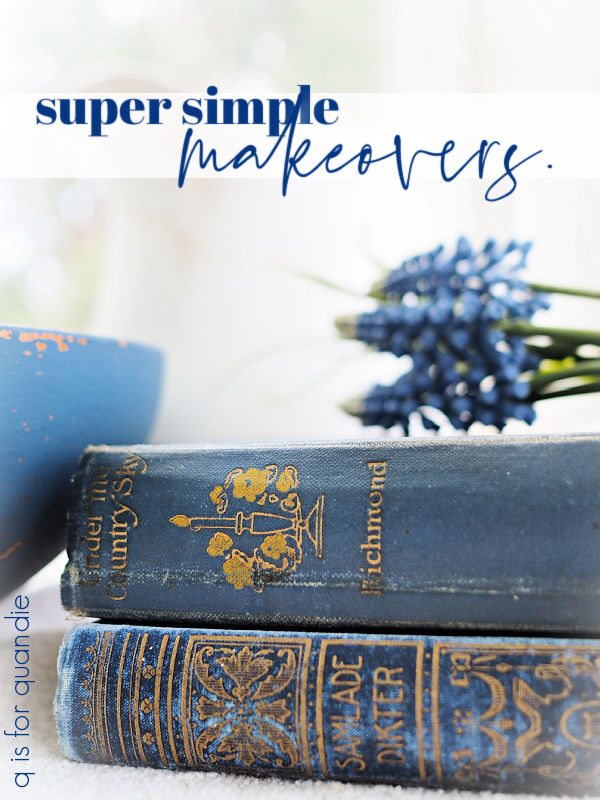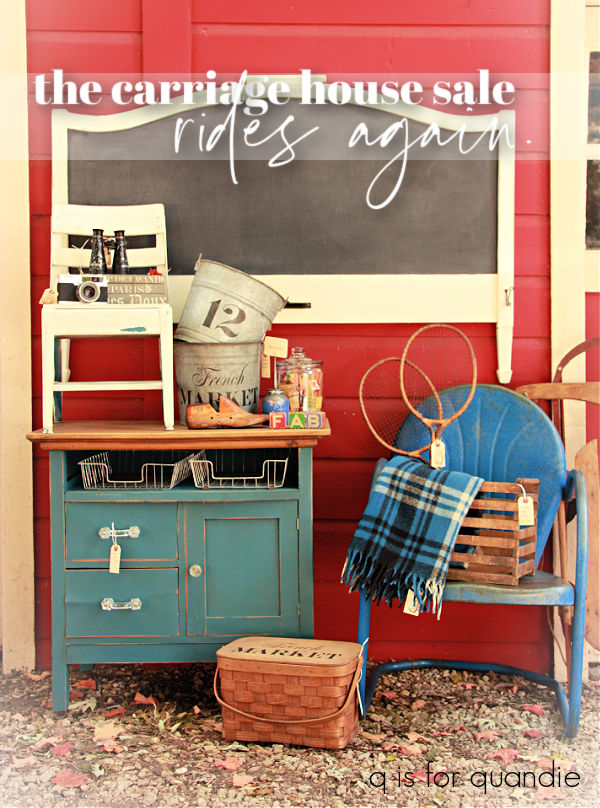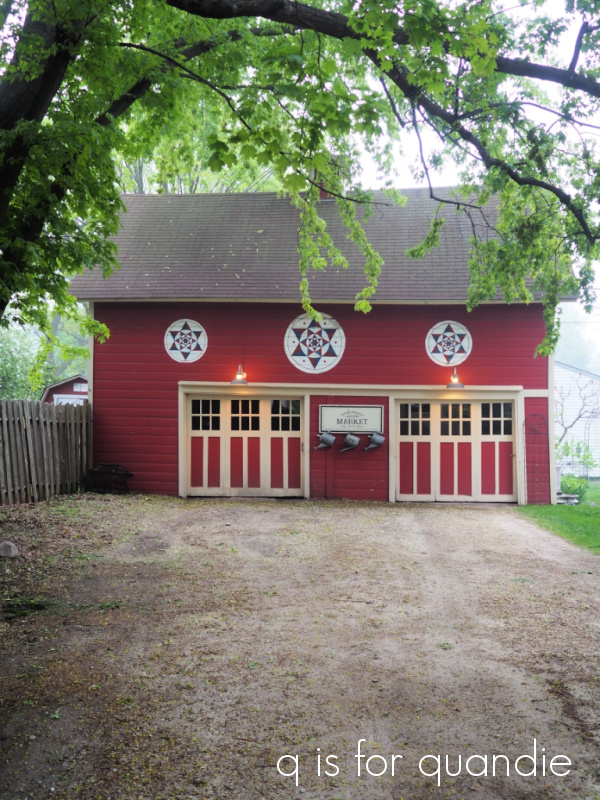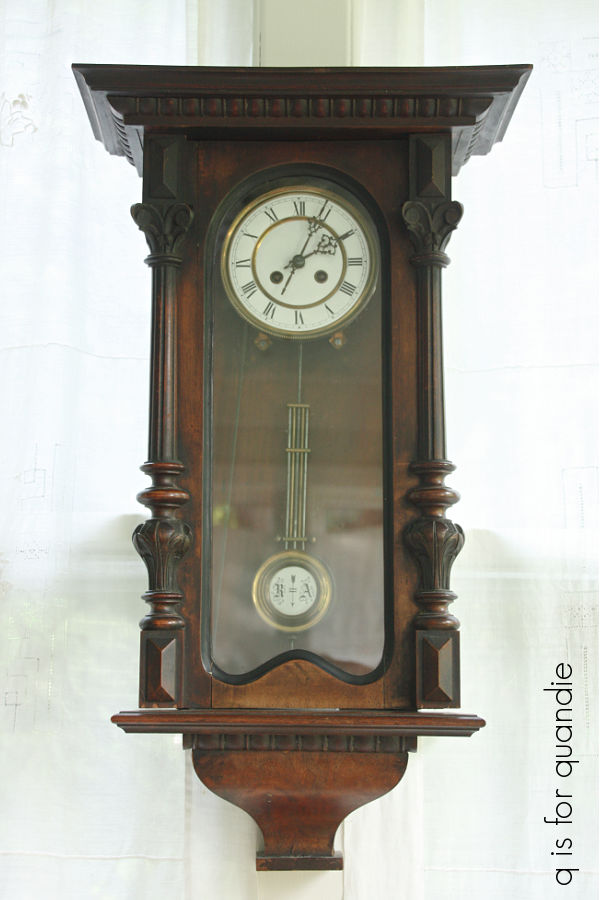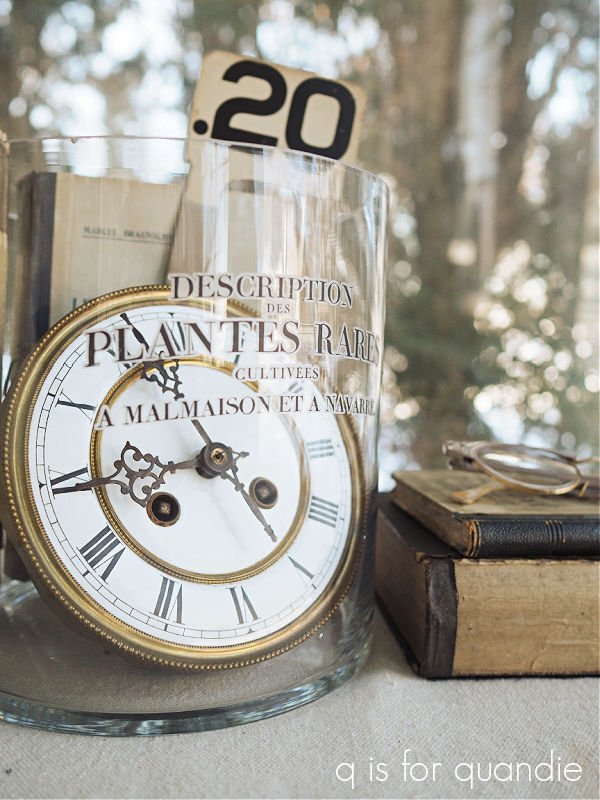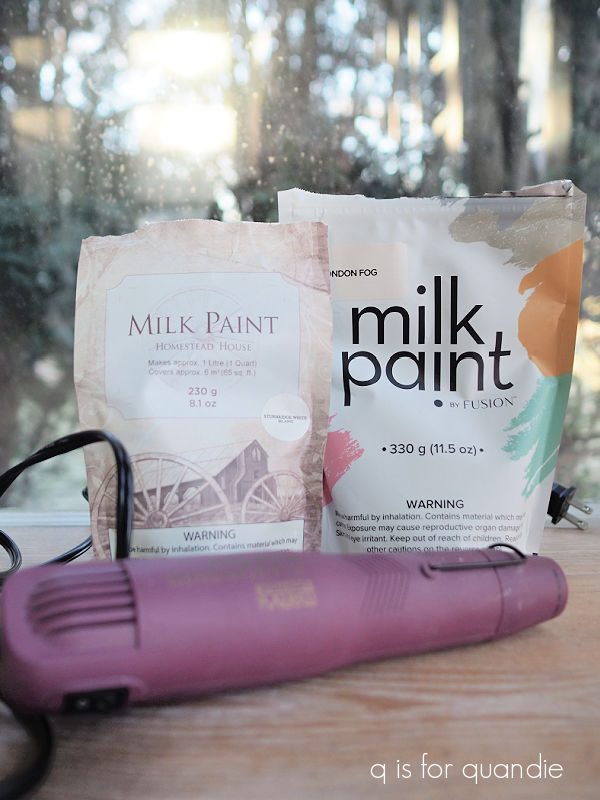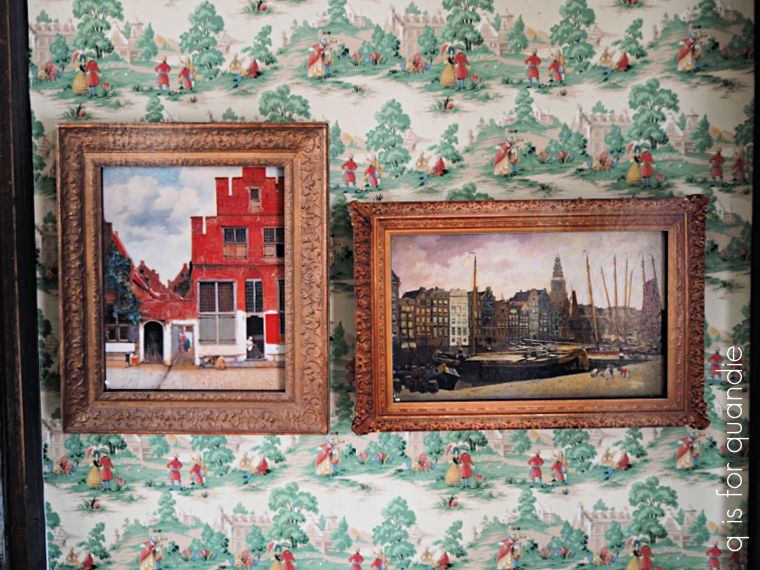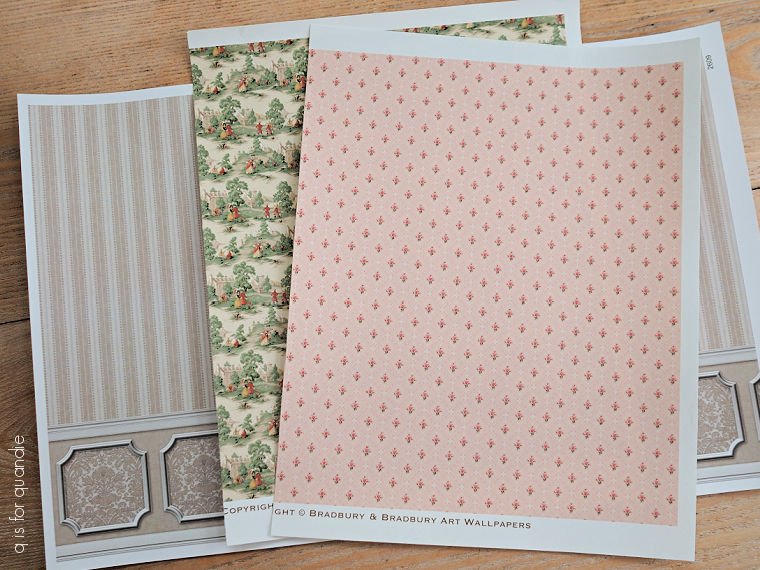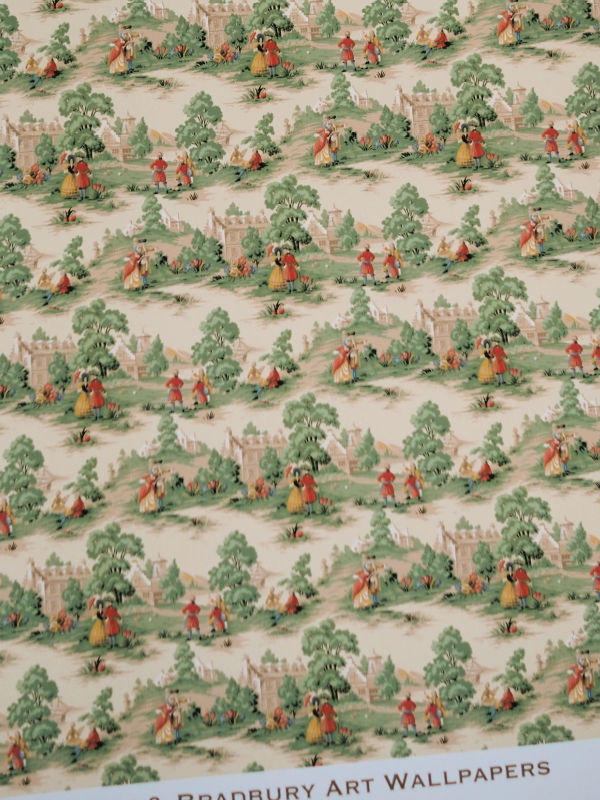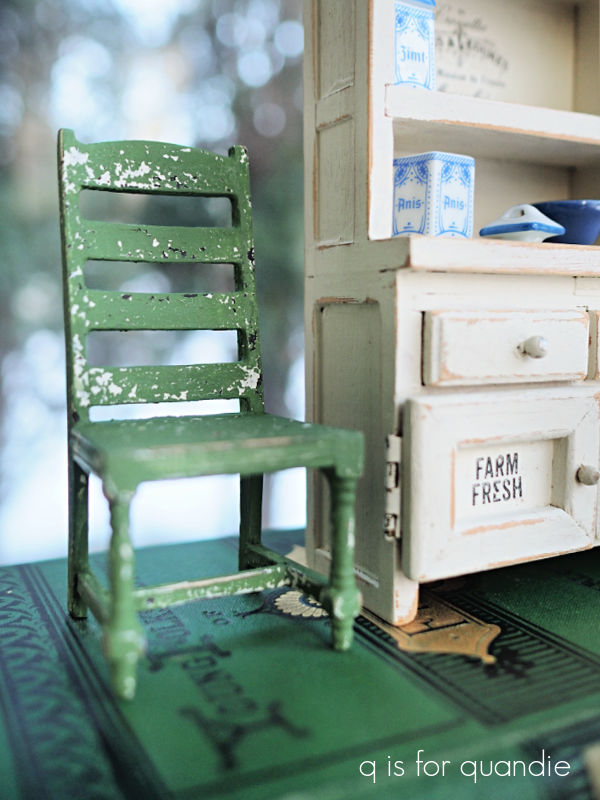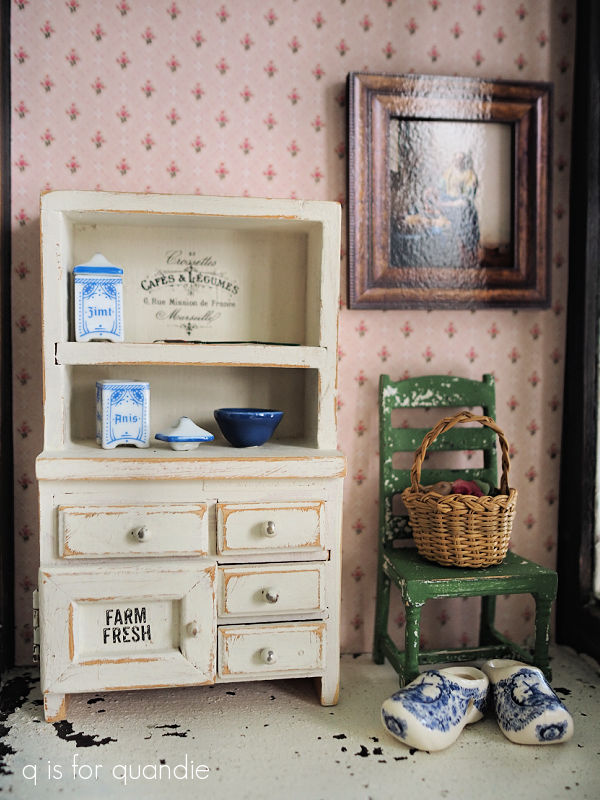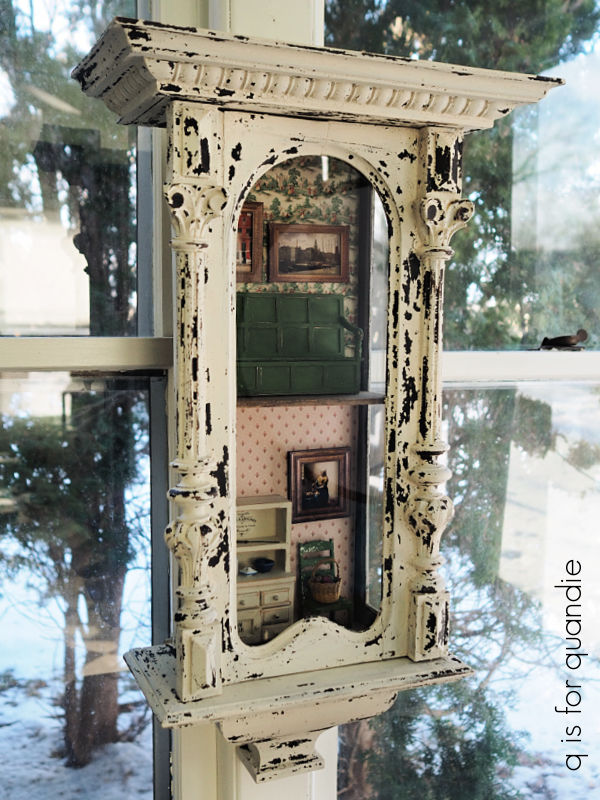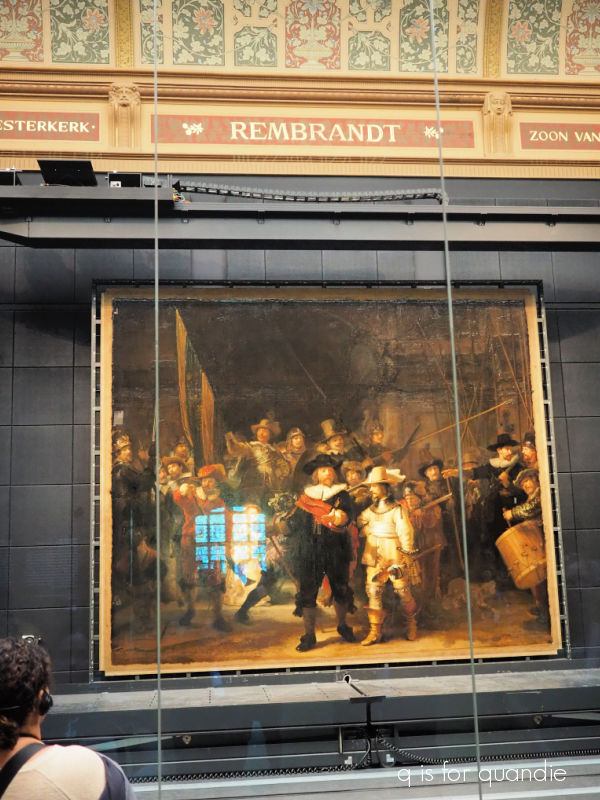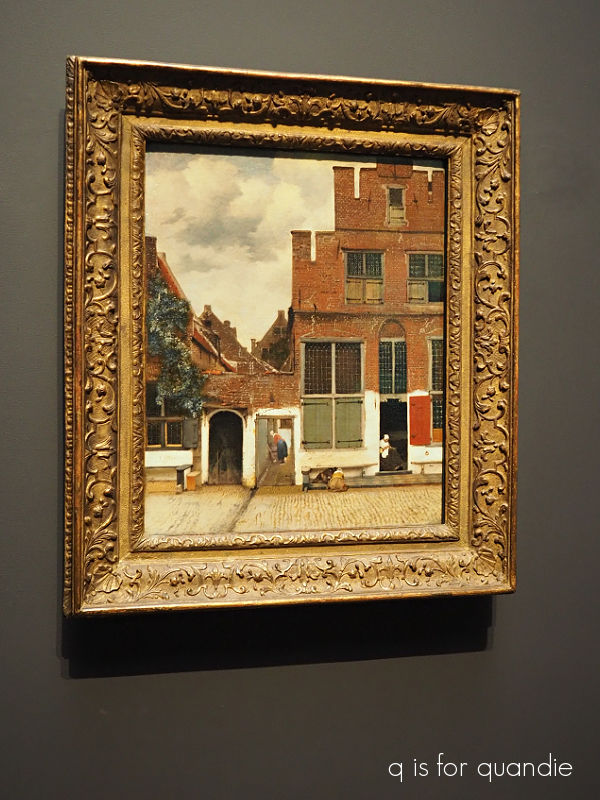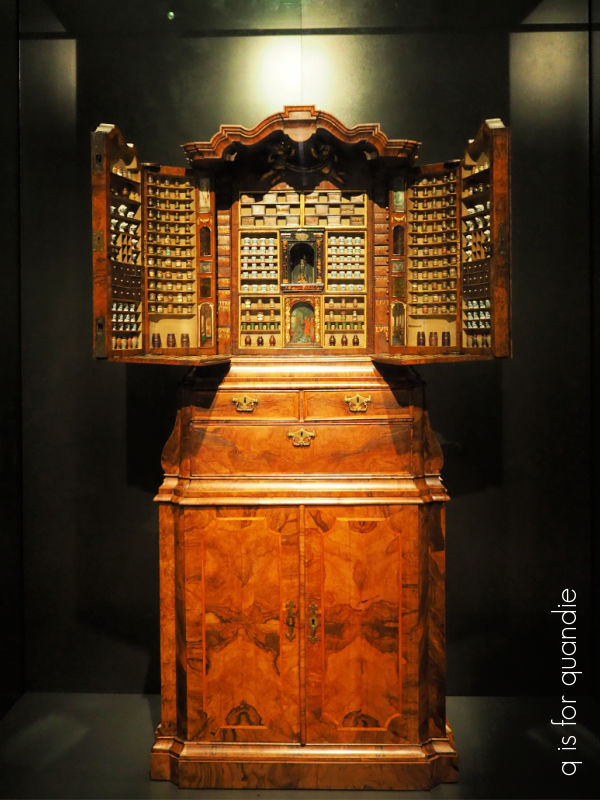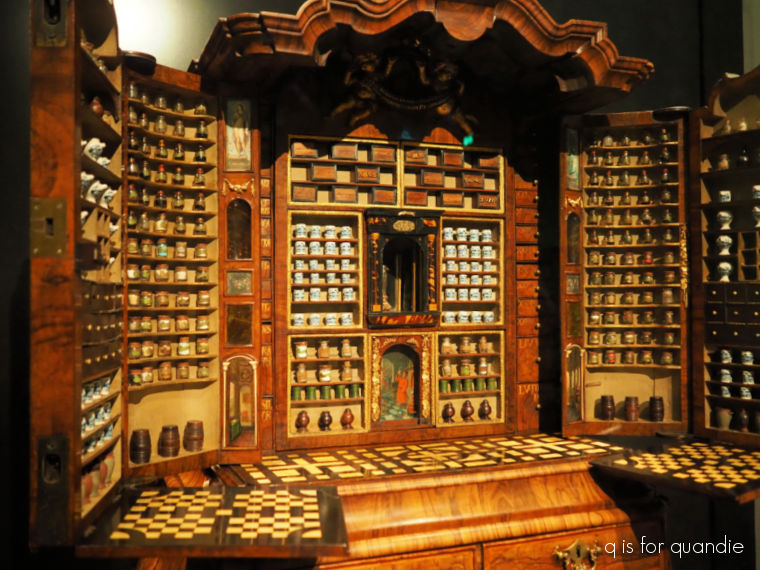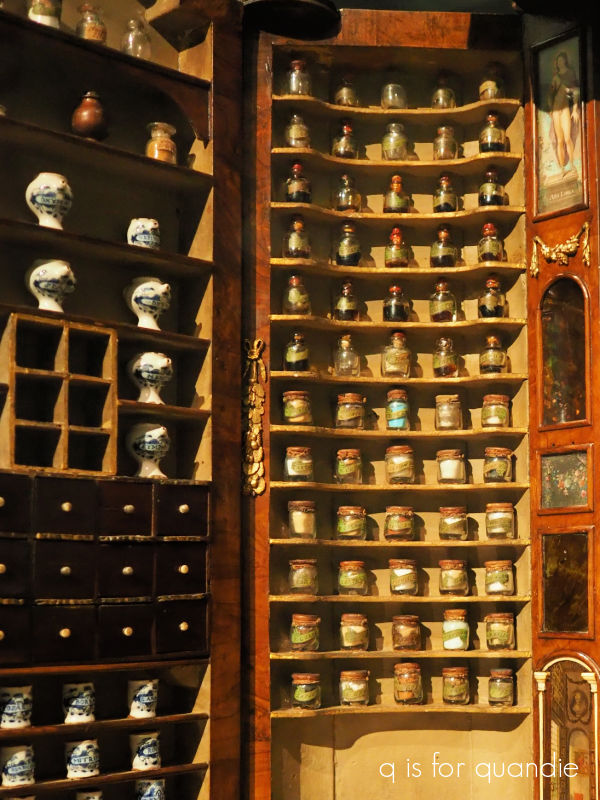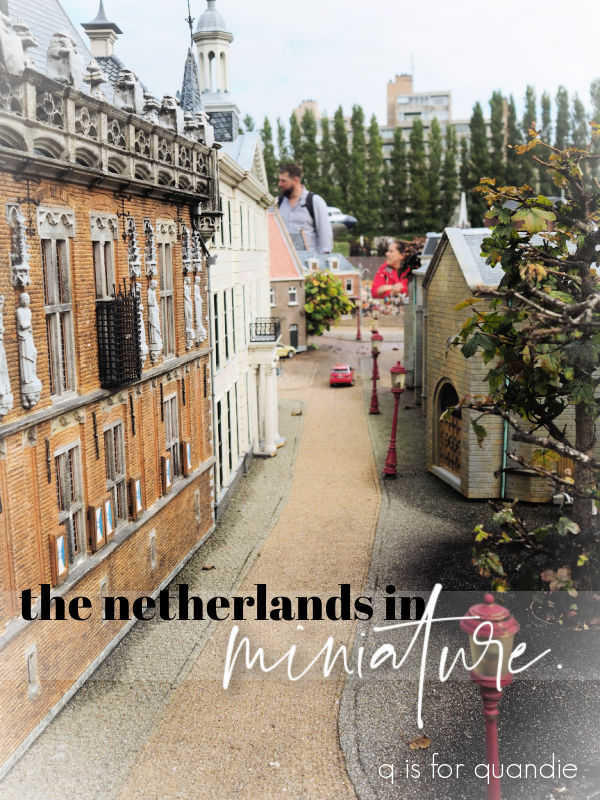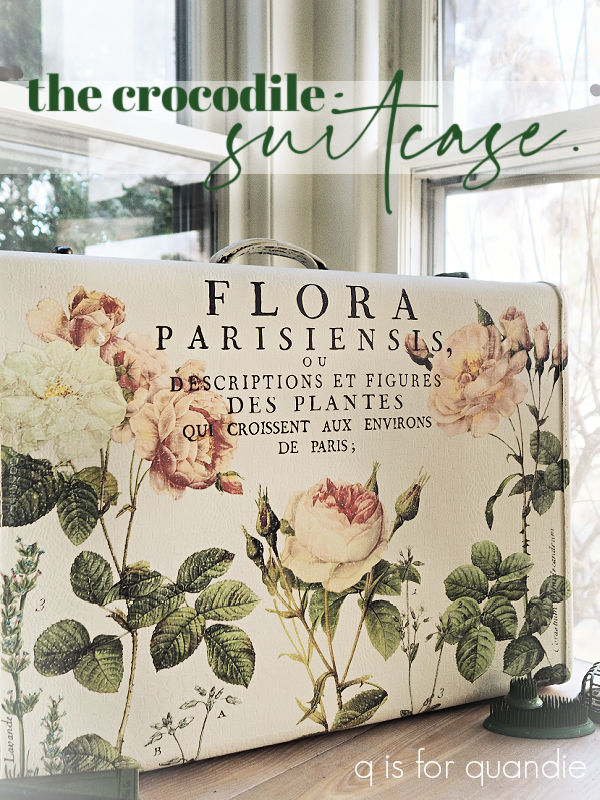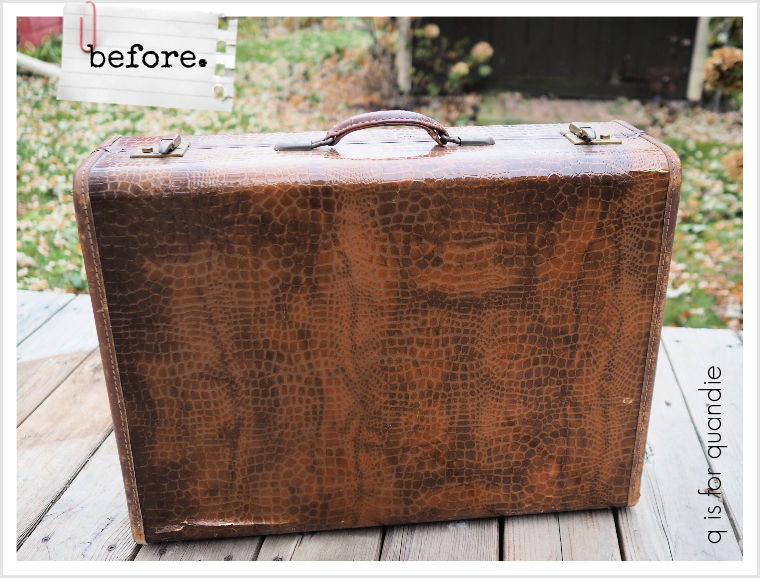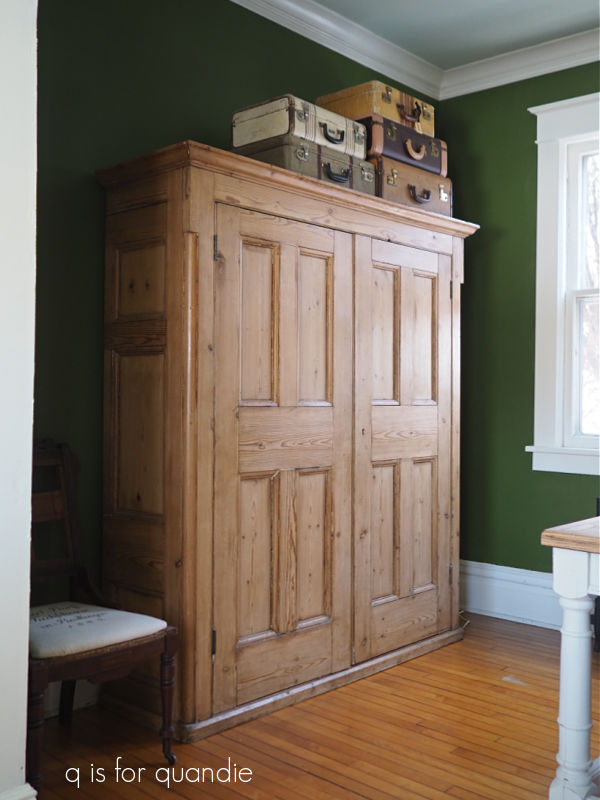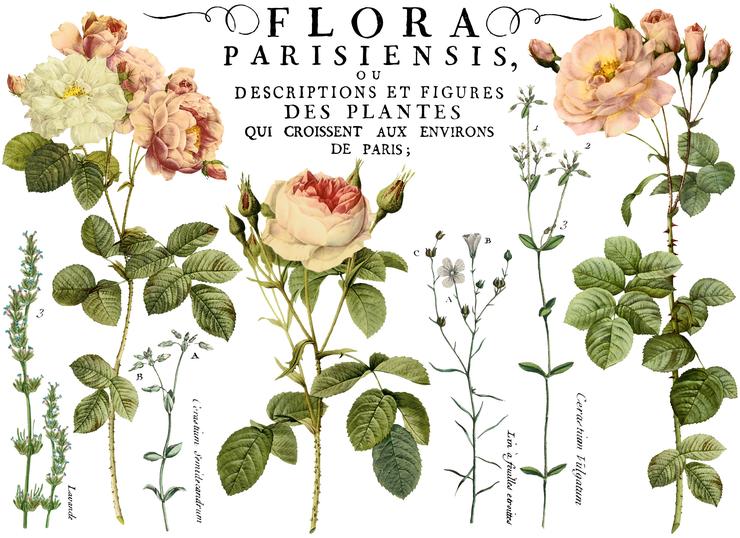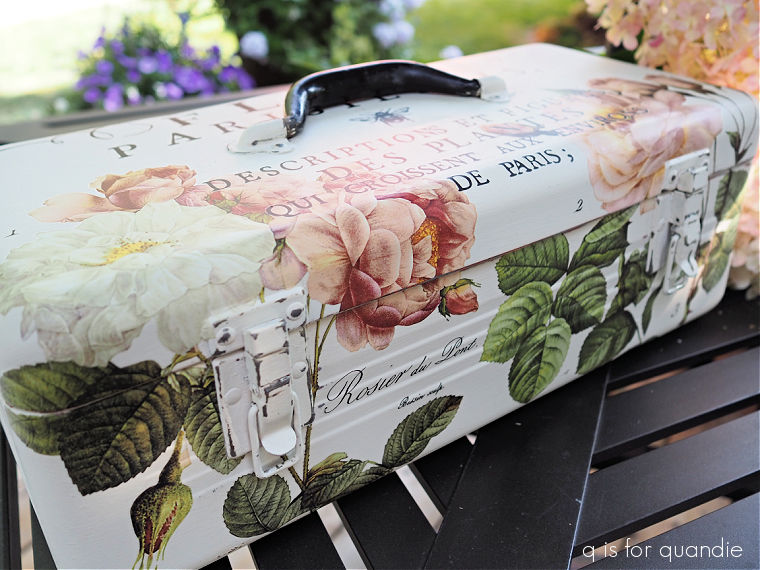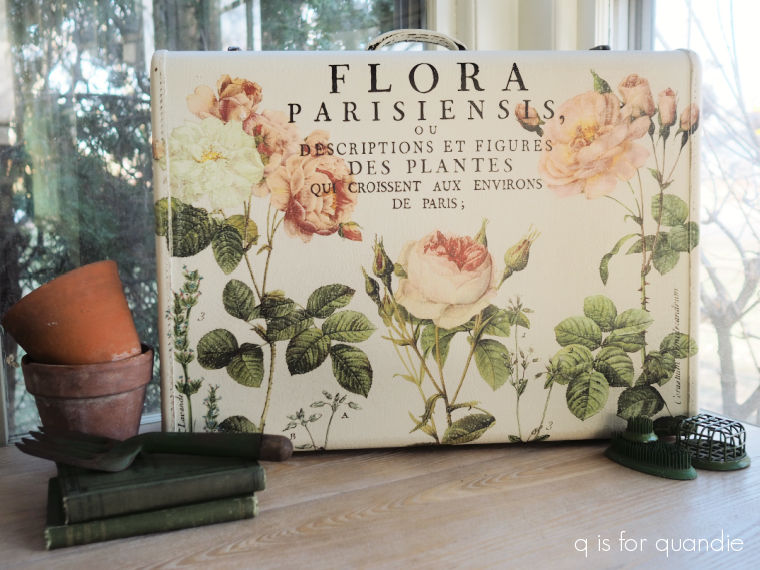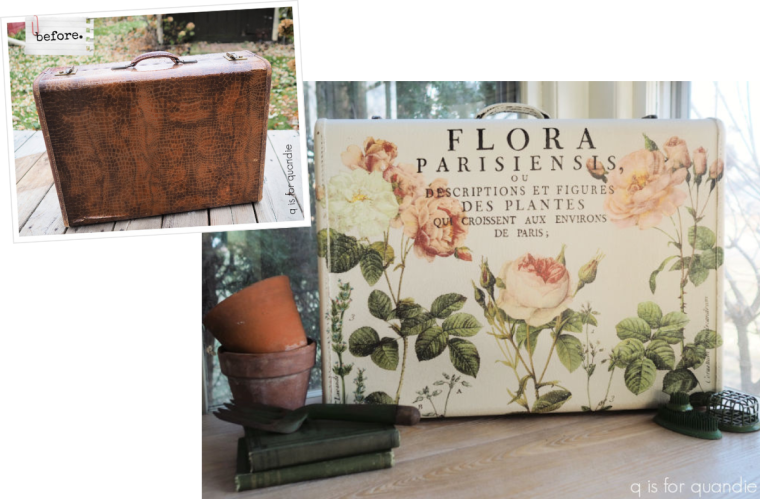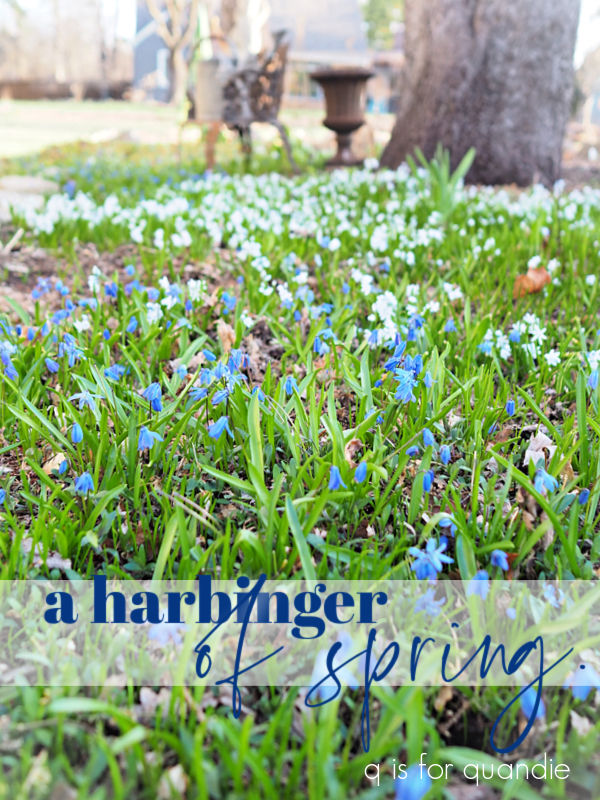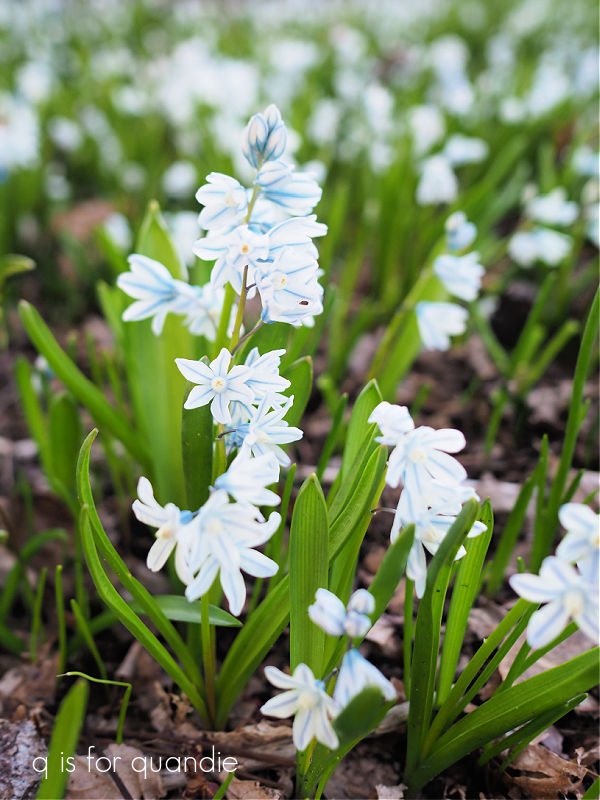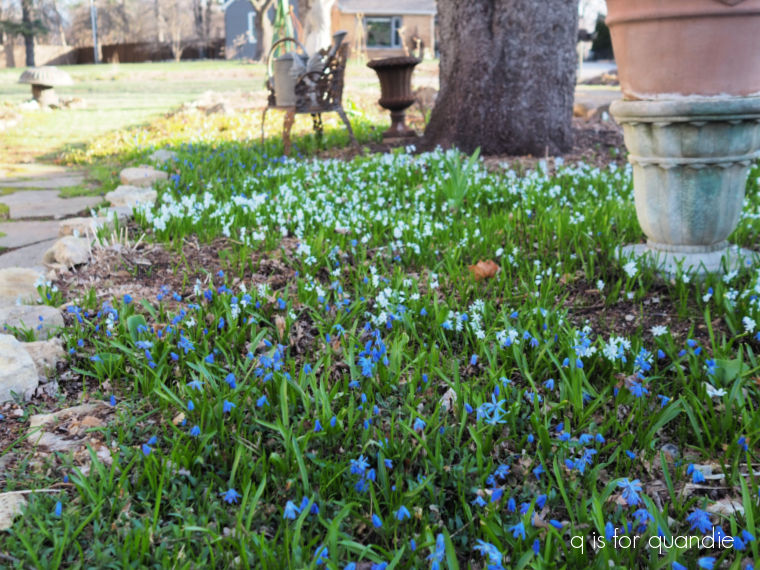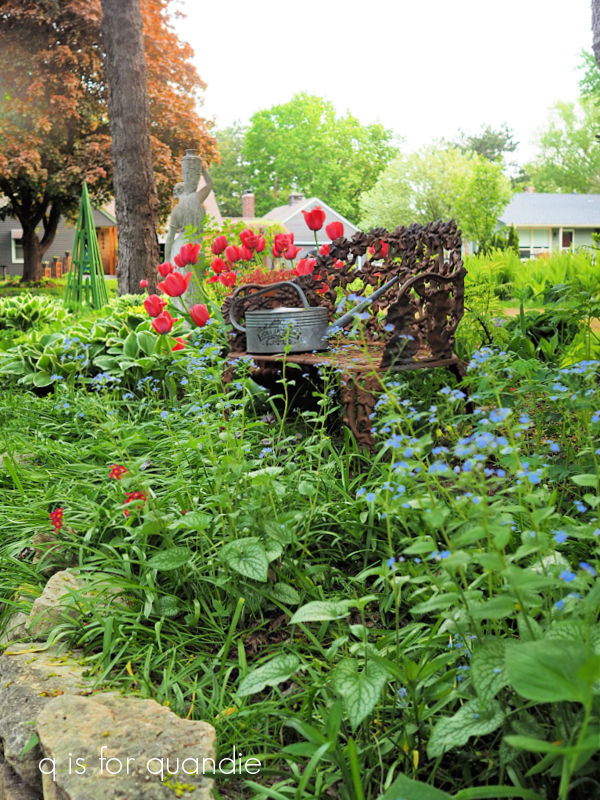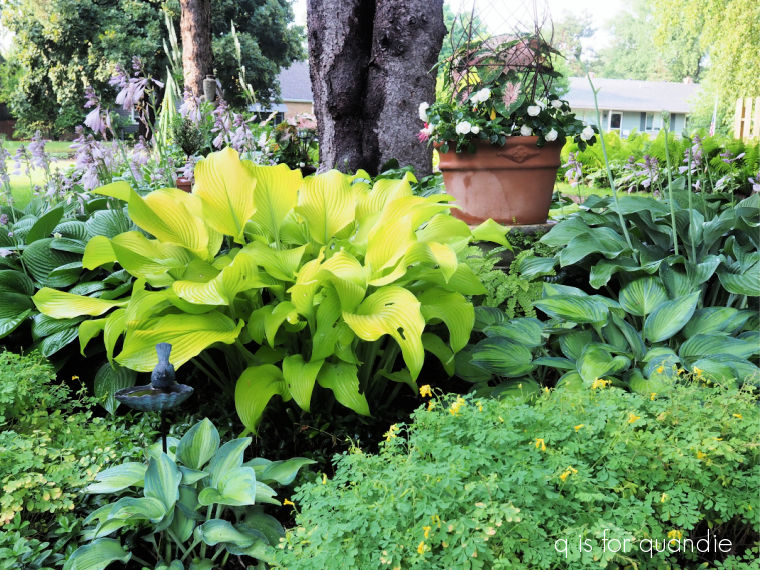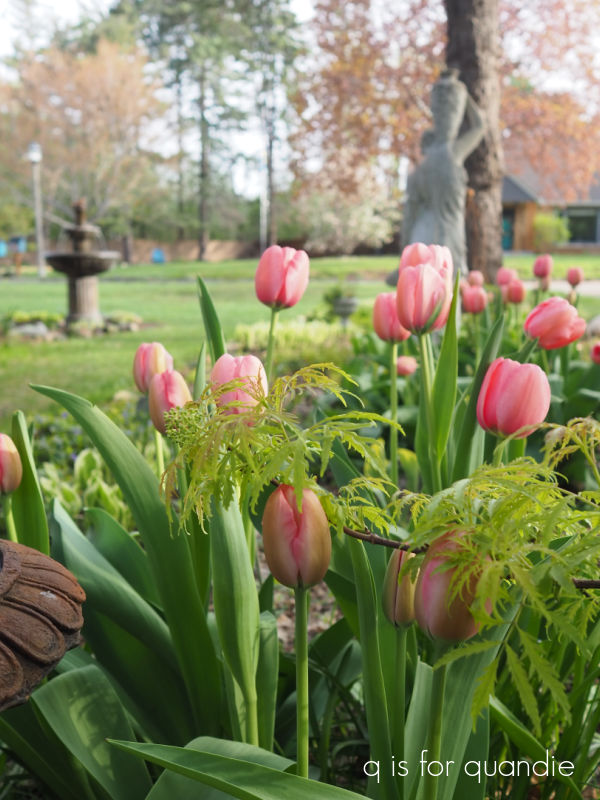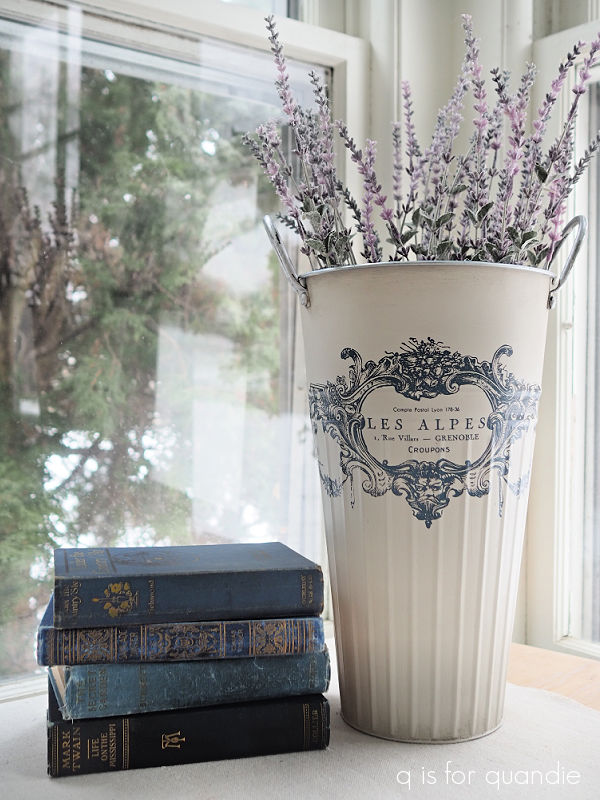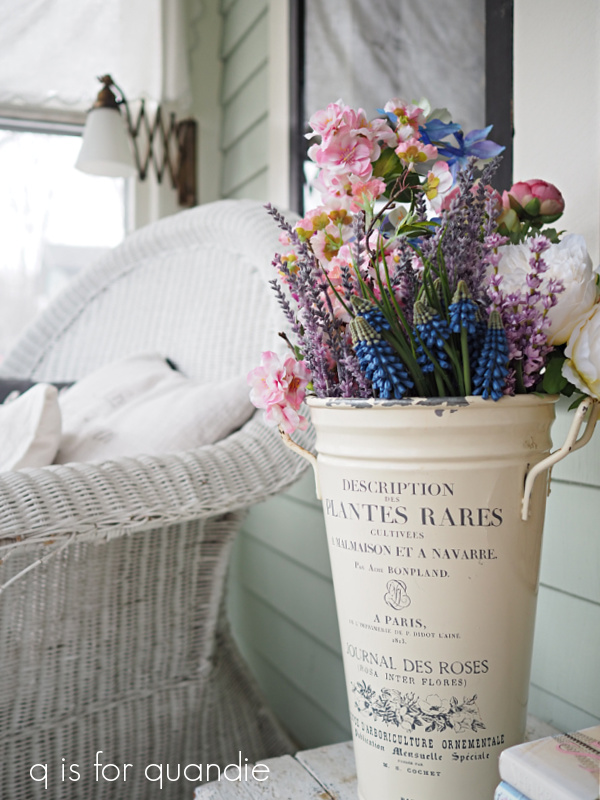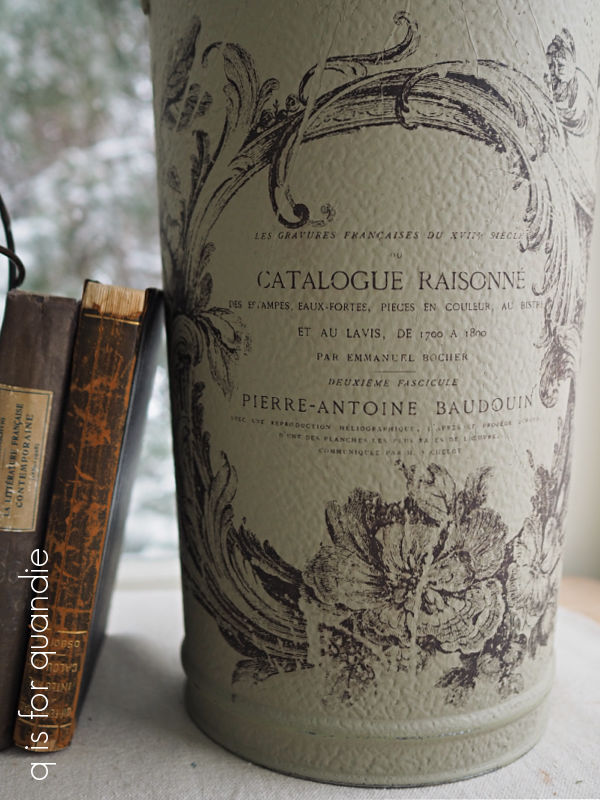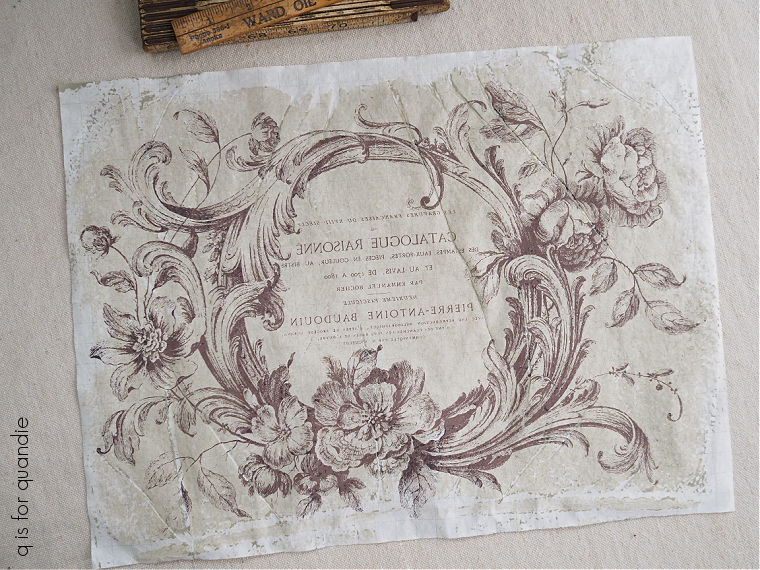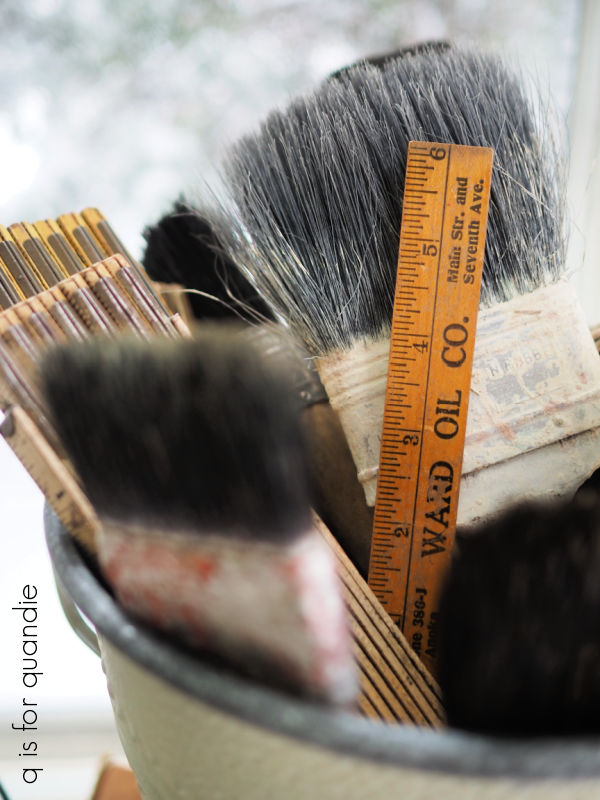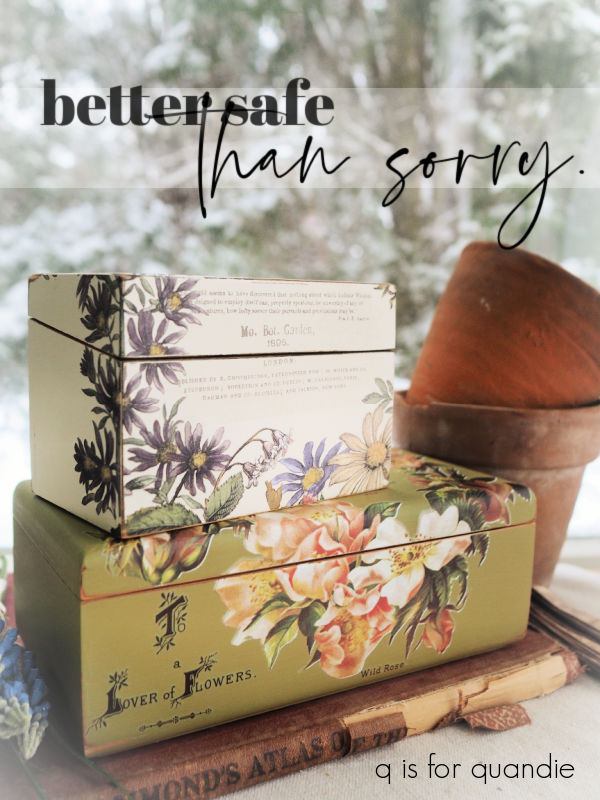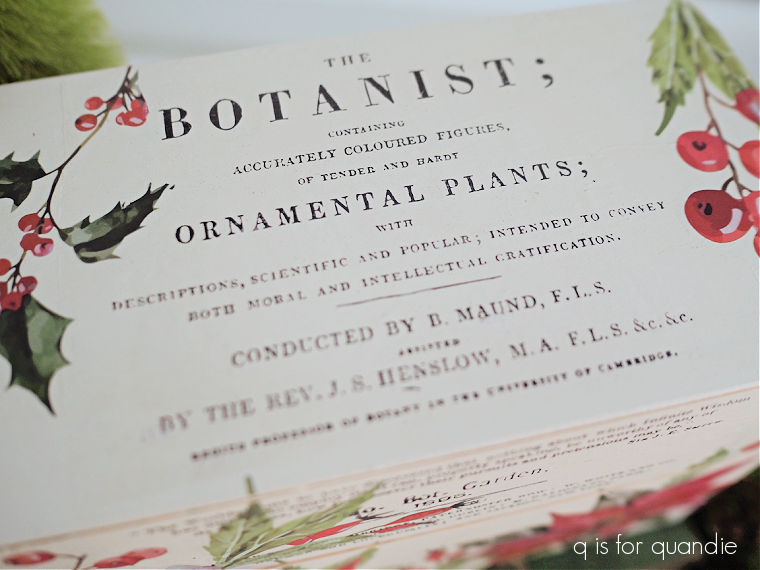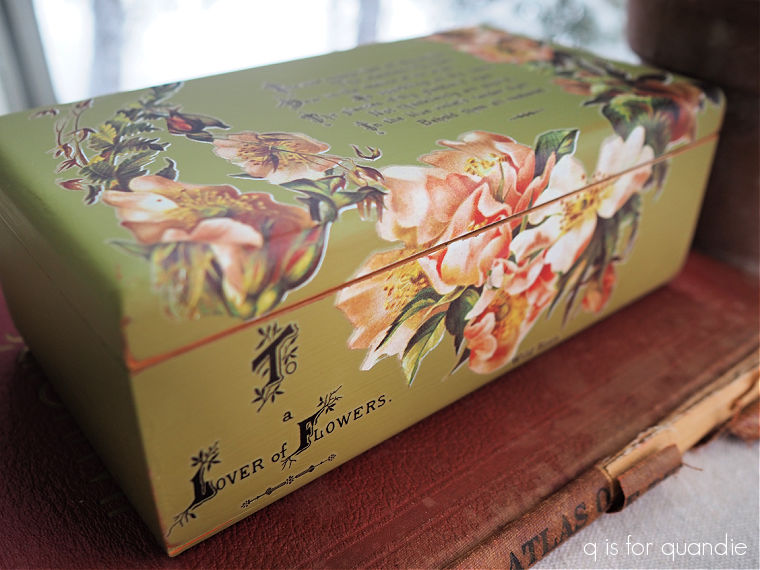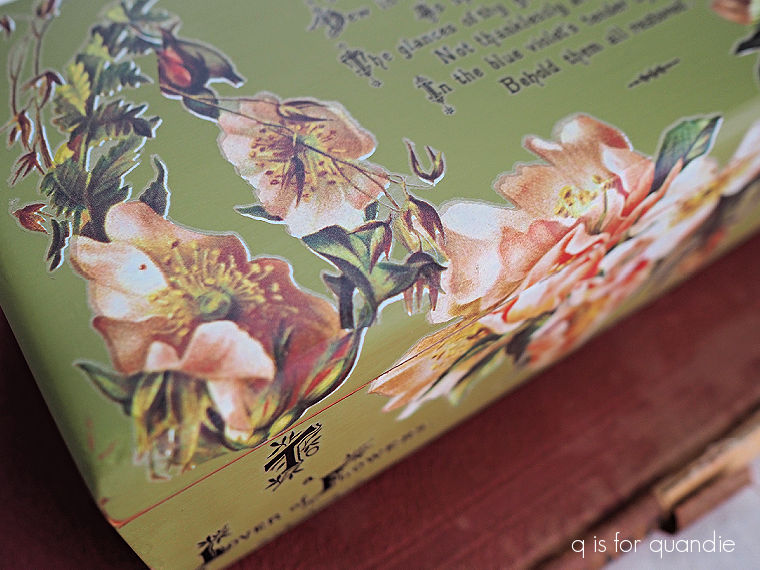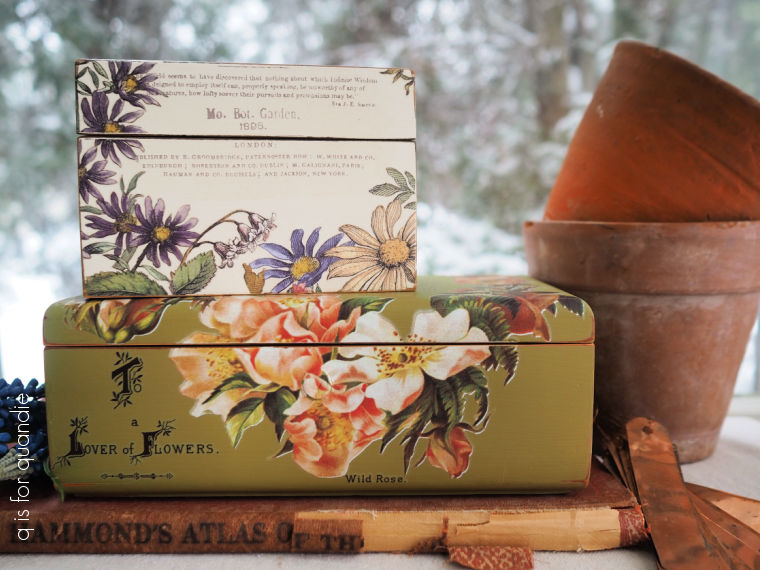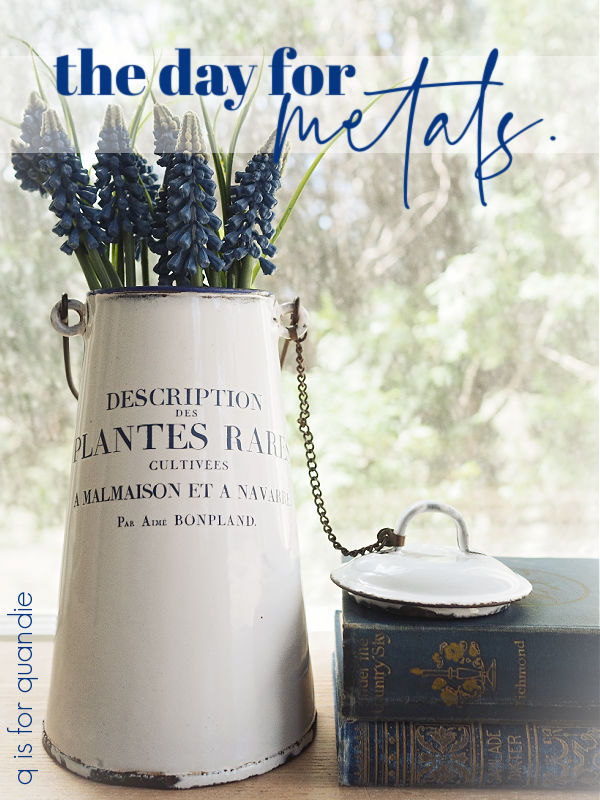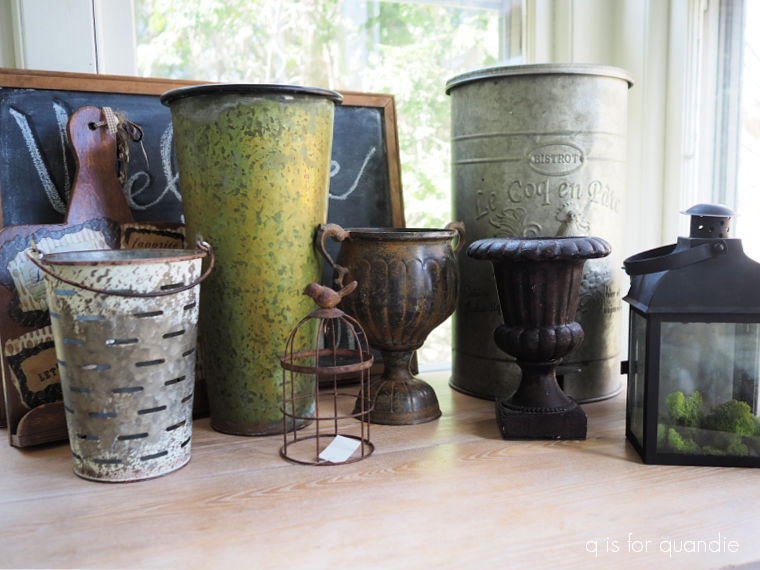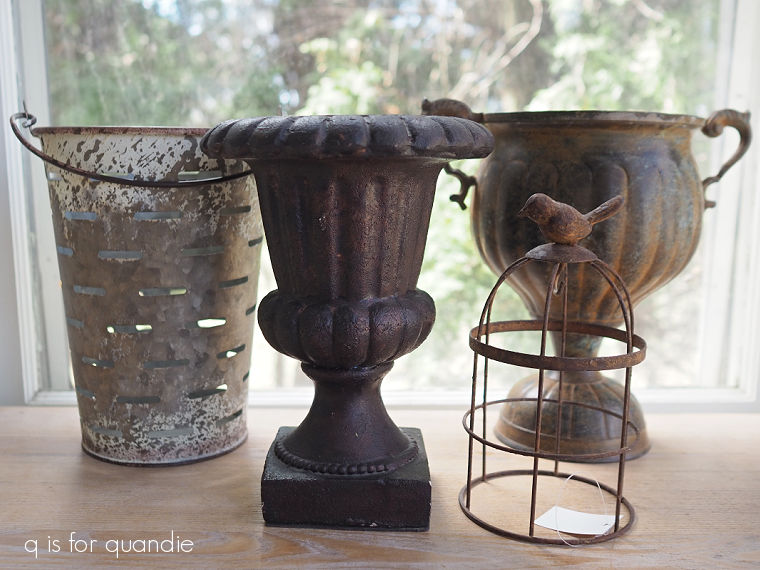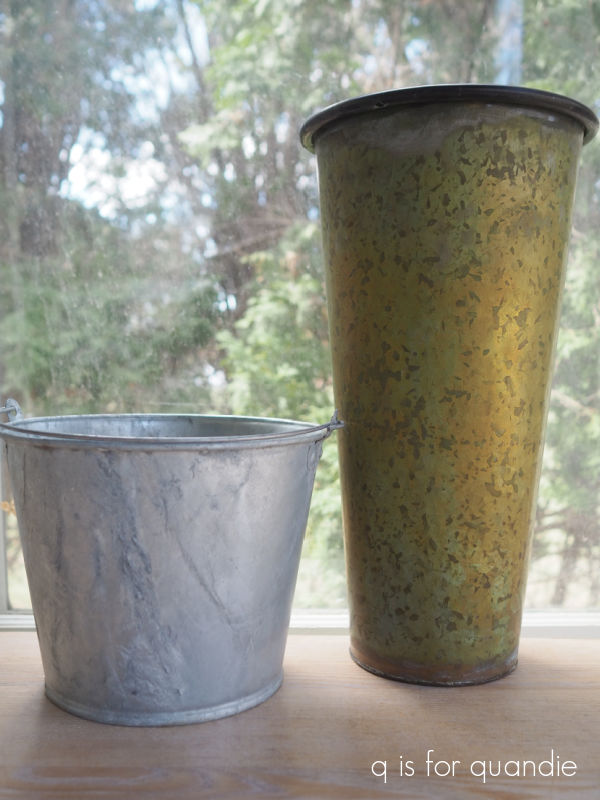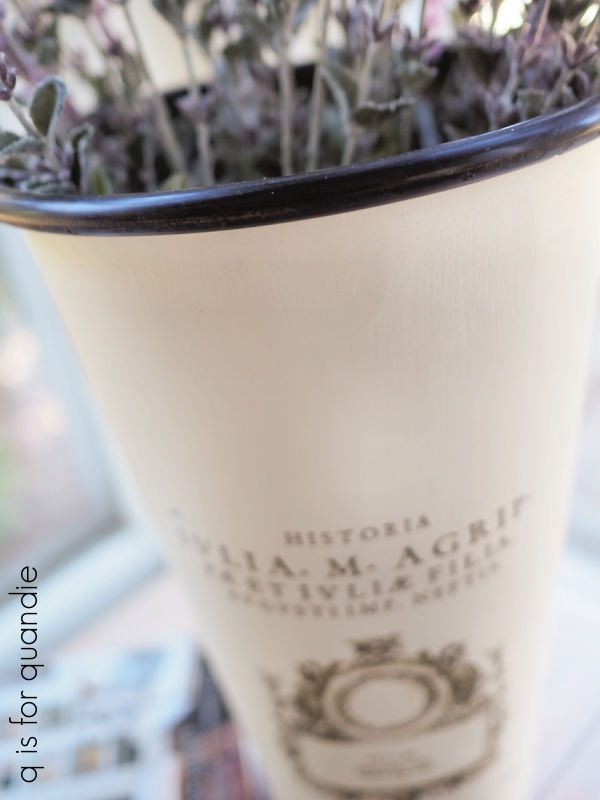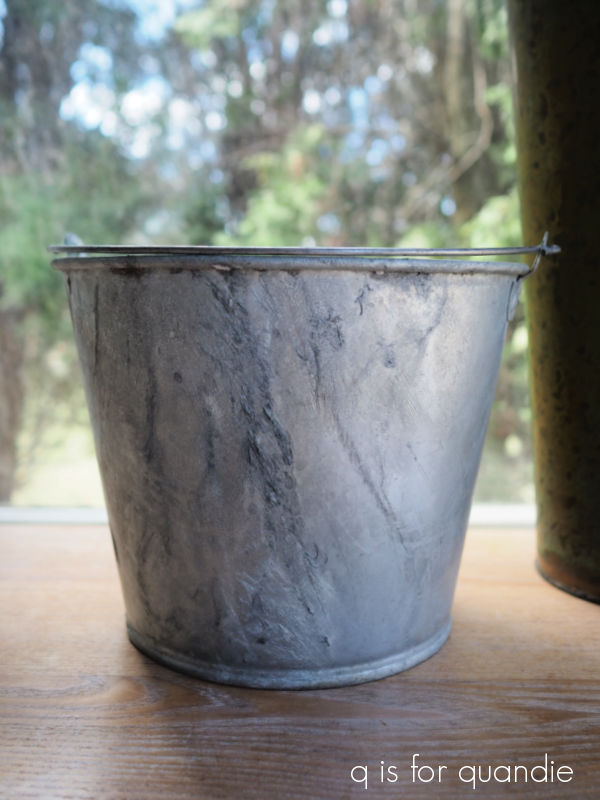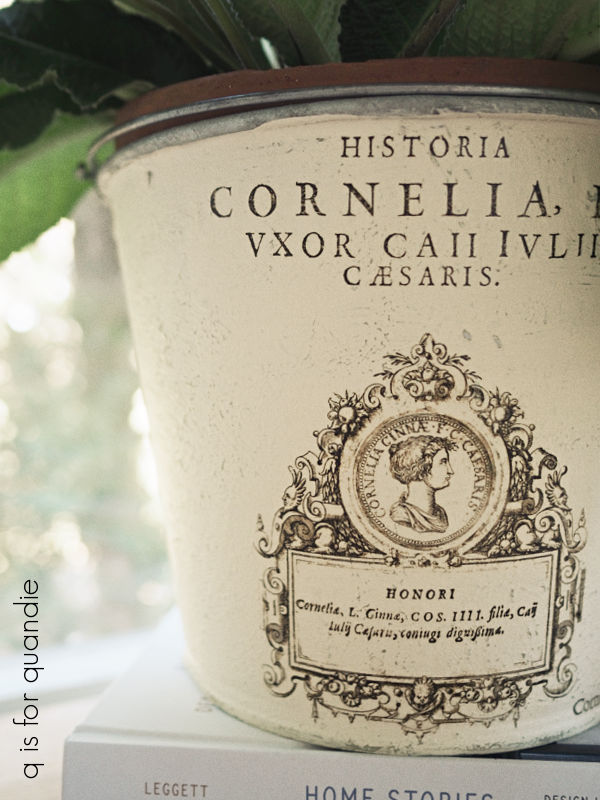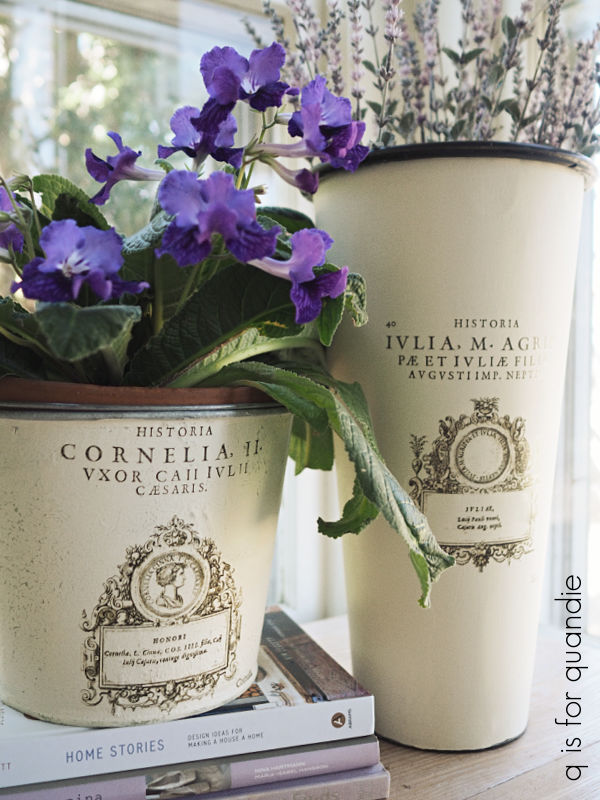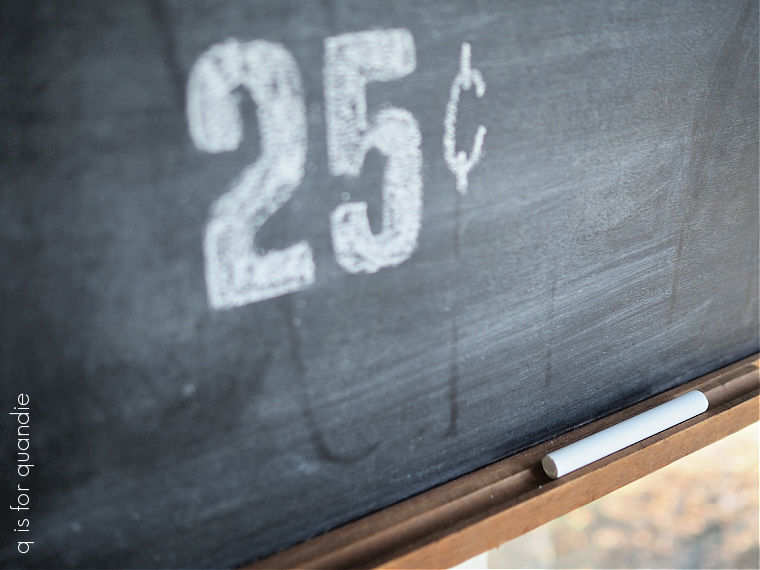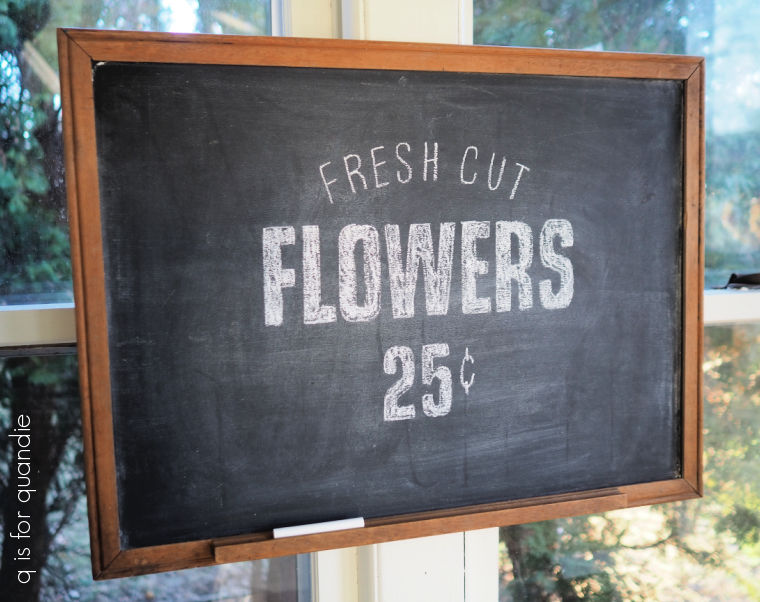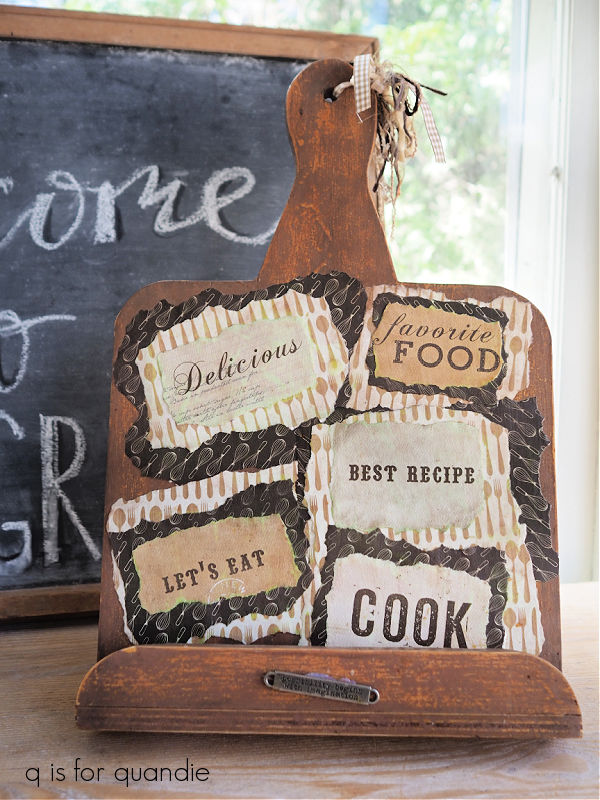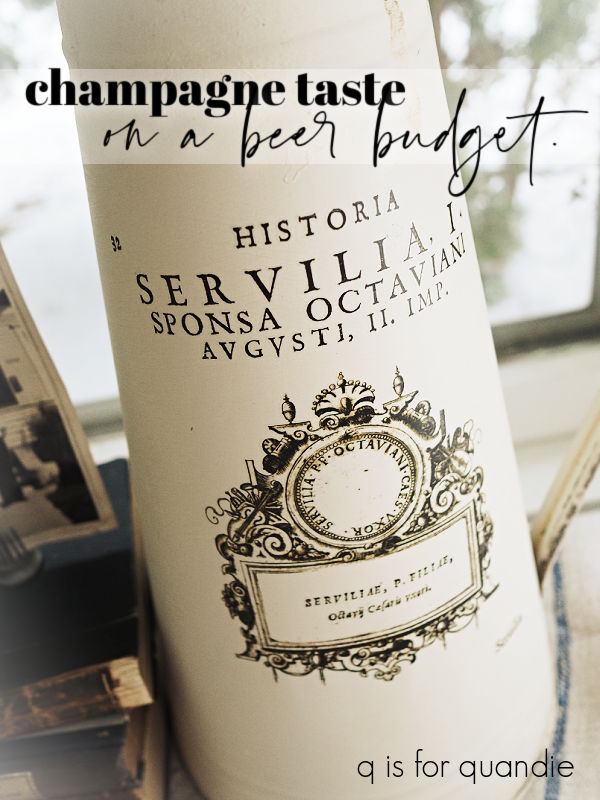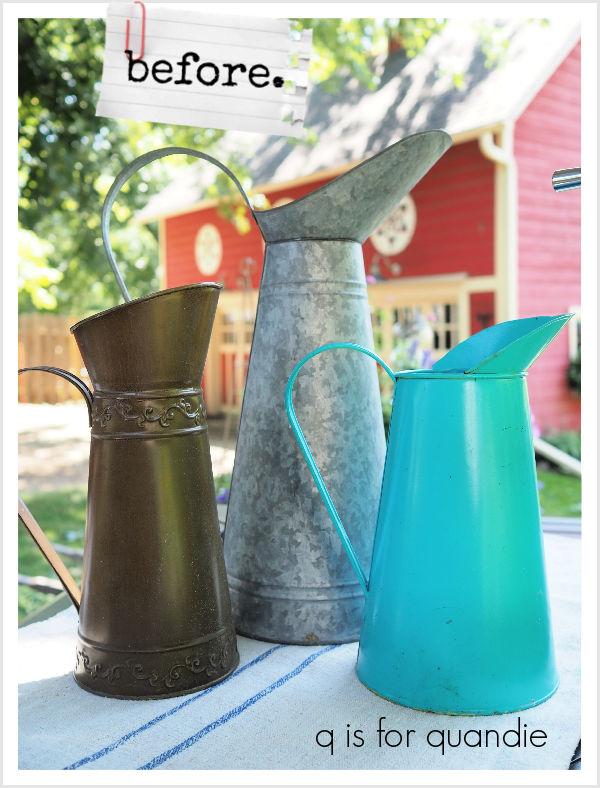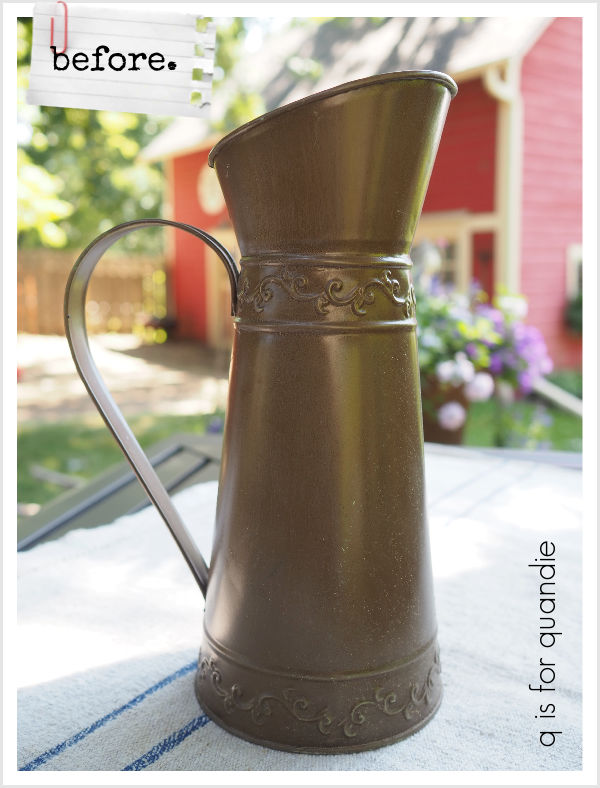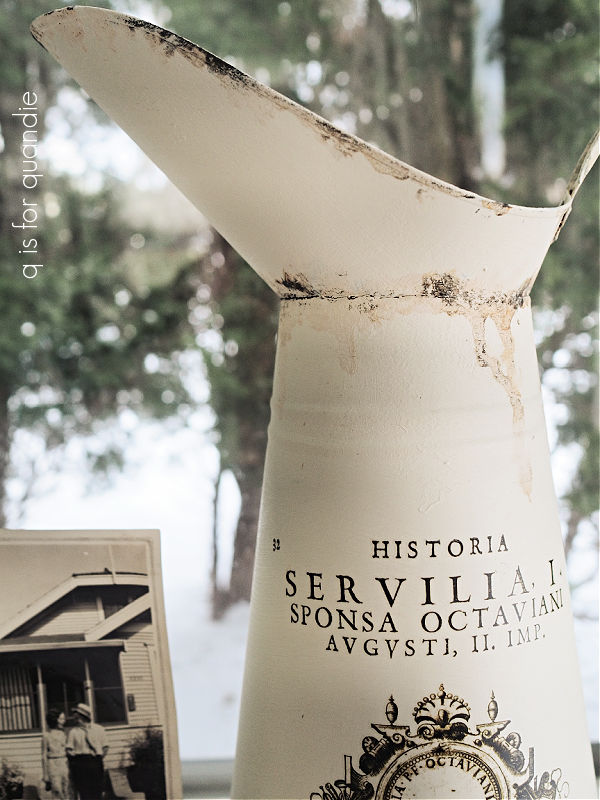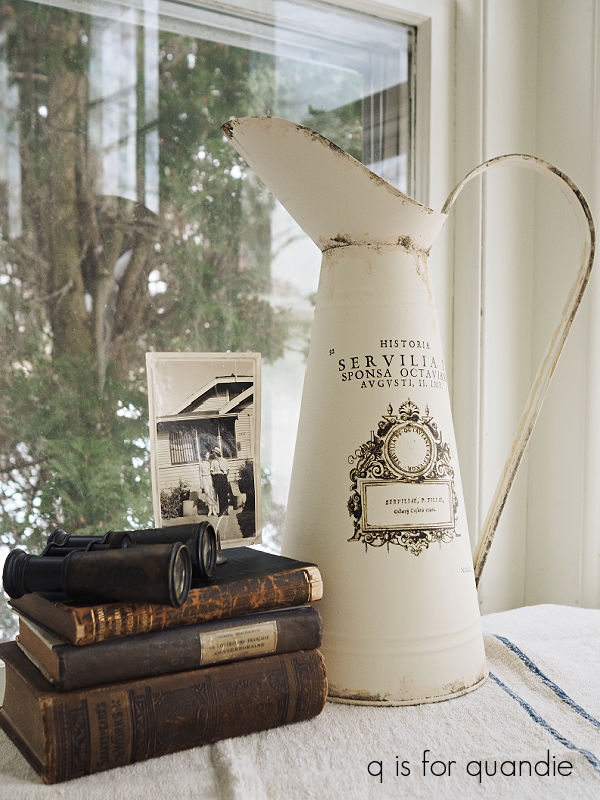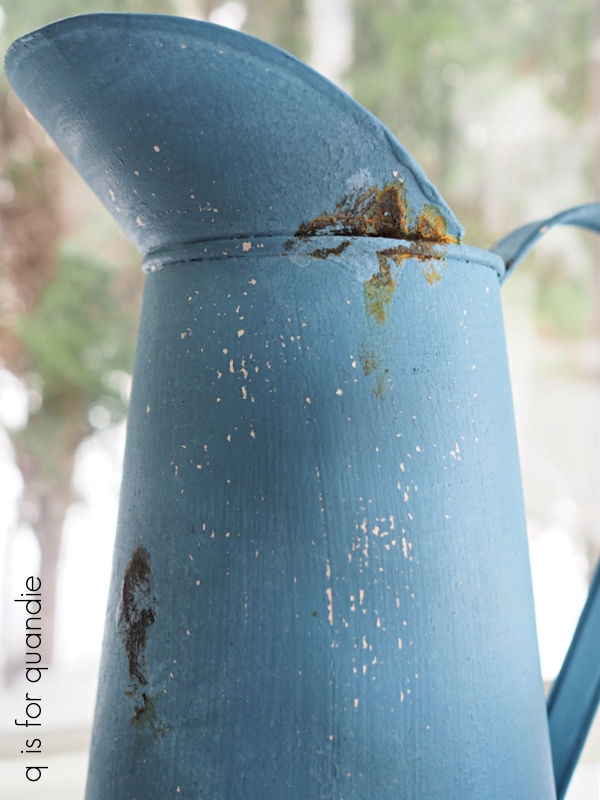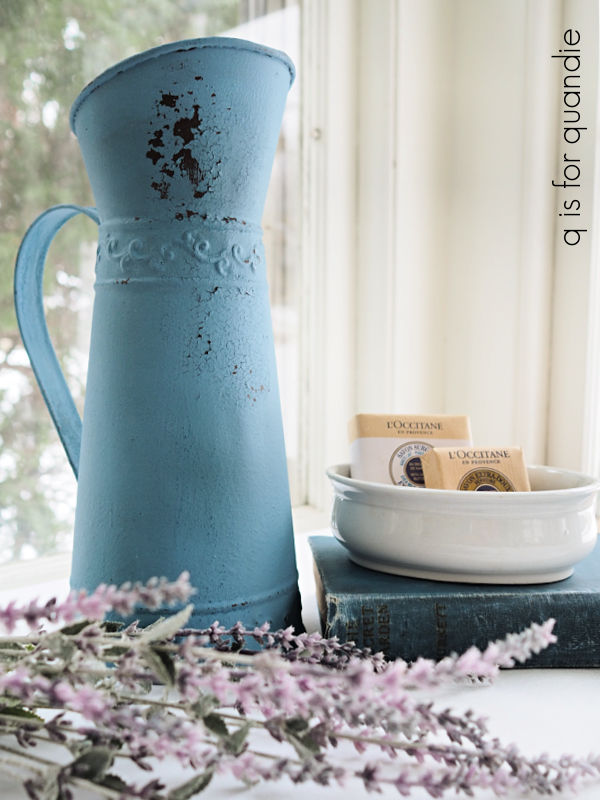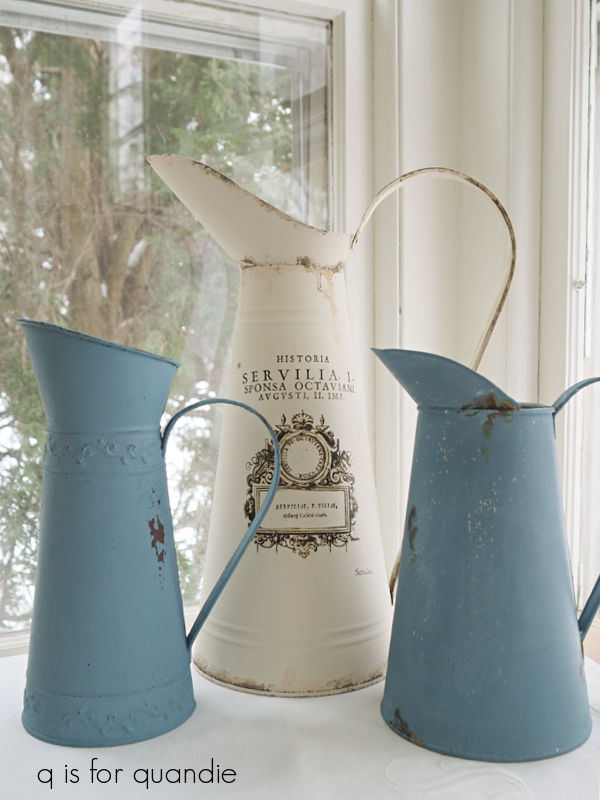Today I’m bringing you several super simple makeovers. None of them felt ‘big’ enough to deserve a blog post of their own, but all of them felt worth sharing in some fashion.
Let’s start with this wooden bowl that has been in my stash for a while.
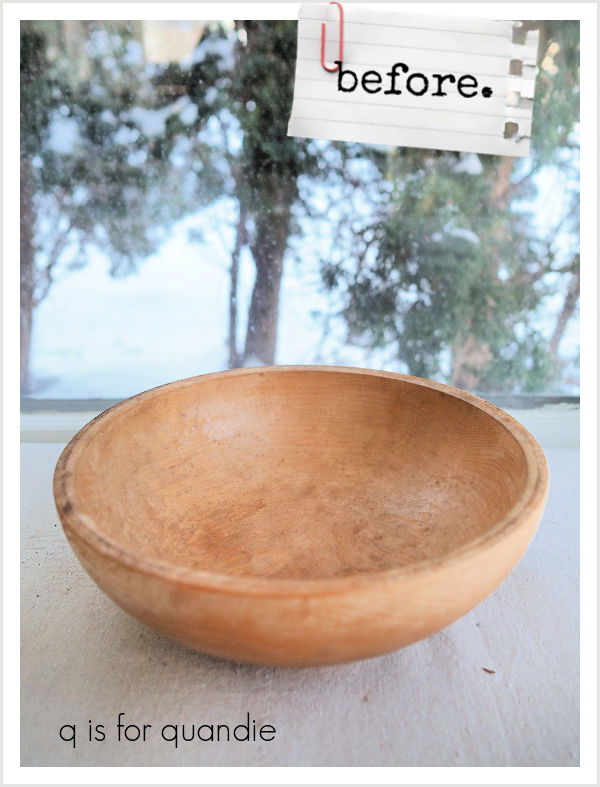
I’d been hanging onto it because you just never know when you might need a wooden bowl to corral some items, like some vintage croquet balls for example.
I don’t actually have anything to put in the bowl just yet, but I really wanted to paint it in my favorite blue milk paint, Soldier Blue from Homestead House.

I love this gorgeous vibrant shade of blue.
To prep the bowl I scuff sanded it lightly all over and then simply wiped it down with a damp rag. To be extra cautious about chipping I could have washed it well with Dawn dish soap and hot water, but I was willing to take my chances with this one.
Next up, I simply gave it two quick coats of Soldier Blue.
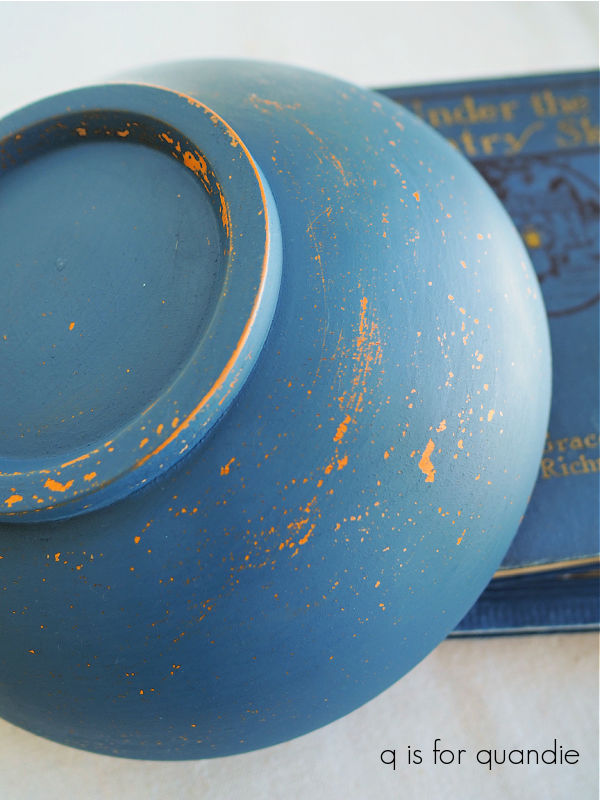
Once the paint was dry, I sanded lightly again and then added a topcoat of Dixie Belle’s Howdy-Do Hemp Oil.
I got the perfect amount of chipping, and ended up with this gorgeous blue bowl!

Hopefully I’ll come across something to put in it while out garage saling or thrifting. This weekend kicks off neighborhood garage sale season in my area, so fingers crossed that I find some good stuff!
But meanwhile I just staged it up with an ironstone pitcher and some vintage books in almost the same shade of blue.

Next up is a vintage flour sifter. Now, I have to confess, I hadn’t really planned on sharing this project so I didn’t take a good ‘before’ photo. However, I did dig up this old photo and the sifter in question is the one at the back with the green knob.

I thought this particular sifter was rather boring though, so last Christmas I added one of I.O.D.’s holiday themed transfers to it without first painting it. I disliked that look immediately however, so it got shoved back into the ‘makeover’ pile.
I pulled it out the other day and used a heat gun and a razor blade to remove that Christmas transfer. Then I painted the sifter in Dixie Belle’s Cottage Door. Once the paint was dry, I sanded lightly to distress and then added some apple blossom transfers from I.O.D.’s Lover of Flowers set.
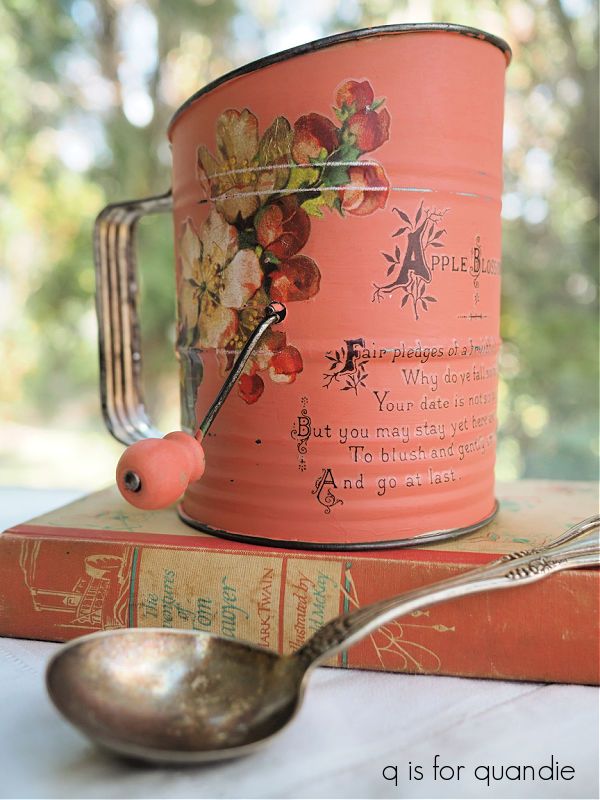
Oh my gosh, I just love that color.
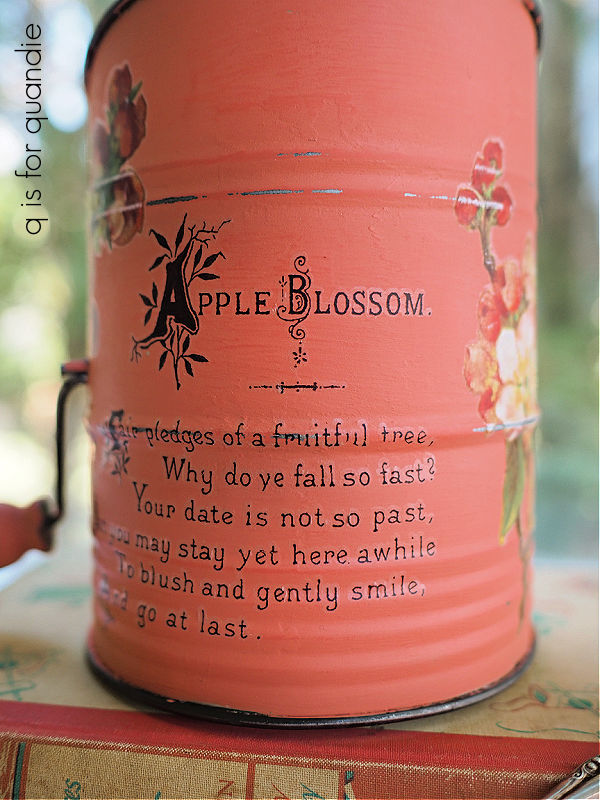
And if you take a moment to actually read the little poem, it’s perfect.
Why do those apple blossoms fall so fast? I do wish they’d stick around a bit longer.
Next up I have another cupboard door sign for you. I’ve had a stash of cupboard doors in my workshop for a while now, so I’m going to try to get through them all before my sale.
This particular look was inspired by a project I saw on the Ginger Chick Rehab YouTube channel (you can find that video here). She painted a small dresser using Sweet Pickins milk paint in a color called Curry. Then she added some florals from the new I.O.D. Collage de Fleurs transfer …

followed by a Funky Junk stencil. Now, I have to admit, I never would have thought to put these florals over a mustard yellow on my own. But it worked beautifully on Yvonne’s dresser, so I decided to give it a go.
Although I didn’t have the Sweet Pickins milk paint, or the Funky Junk stencil, I had a couple of substitutions on hand that worked quite well I think.
First up, I gave my cupboard door a base coat of Dixie Belle’s Coffee Bean. Then I mixed up some Homestead House milk paint in a color called Garden Seed. I’d used this color once before when experimenting with shades of yellow for a Jenny Lind bed frame I was painting (it’s the color on the bottom pot, no. 3).
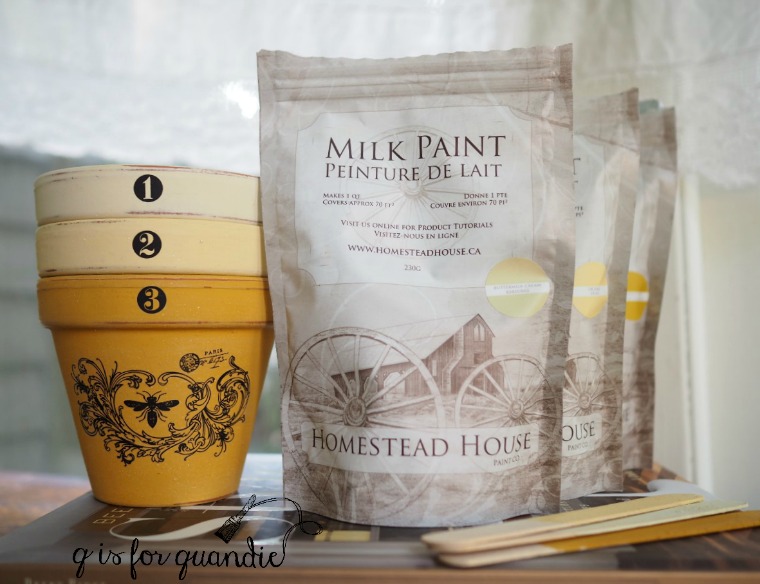
After applying a couple of coats of the Garden Seed, I used my heat gun to encourage a little crackling.
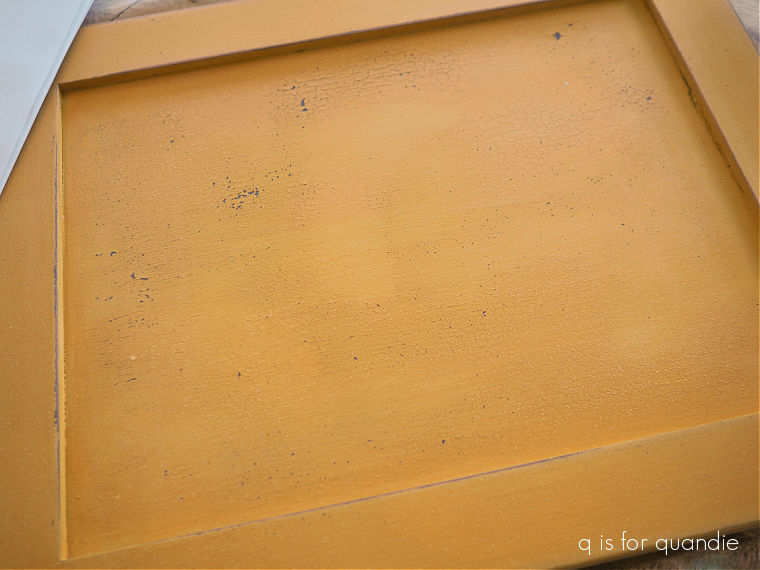
Next I chose a few florals to add.

I stayed away from the darker red versions, using mostly creamy or pale pink blooms. I very lightly sanded over the transfers with 220 grit sandpaper to make them look a bit more aged to go along with the crackled paint.
Finally I added a simple Fresh Cut Flowers stencil in more of DB’s Coffee Bean.

I feel like I’m taking a bit of a risk with this one. It’s far from neutral, isn’t it? And shades of yellow have always been hit or miss for me when it comes to sales. But it was a fun project and hopefully someone will give it a new home.
Last up, while I had the Fresh Cut Flowers stencil handy, I decided to add it to a small chair.

This chair was one of my friend Sue’s finds. While I loved the authentically chippy paint finish, the color was quite dirty and dingy. After attempting to just clean it up with the help of a Magic Eraser, I ended up deciding it needed a refresh with some paint.
So I pulled out the In a Pickle milk paint from Sweet Pickins and applied two coats to the chair.
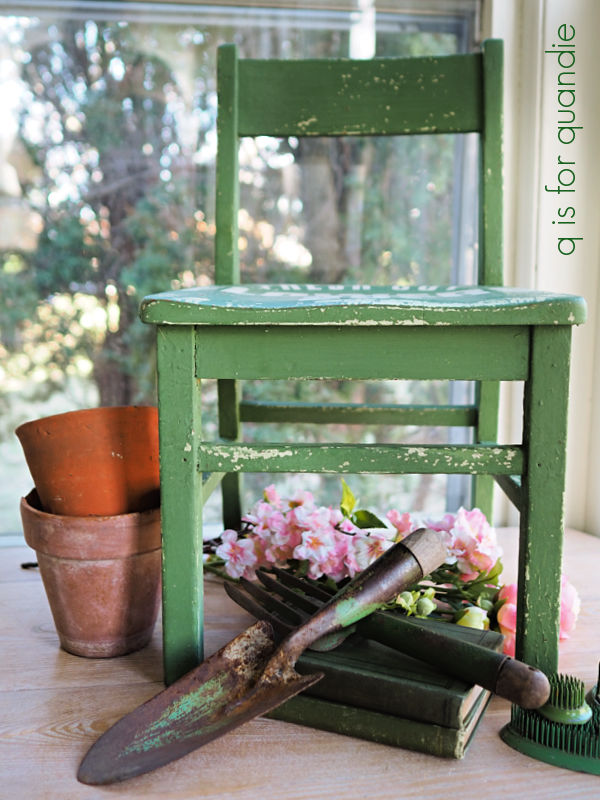
I then added the stencil to the seat using DB’s Drop Cloth.

As you can see, I still got plenty of fresh new chipping!

It’s a little hard to judge the size of this chair from my photos. It’s a bit smaller than the usual kid sized chairs I paint at 21.25″ tall x 12.5″ wide x 11.5″ deep.
I finished it off with a coat of clear wax.
There is one element that unifies all 4 of these small projects, color! None of them are painted in my typical neutral shades. Clearly I felt the need to inject a little color into my world recently, lol. How about you? Do you like to add a bit of color, or do you usually stick to neutrals? And which of these 4 projects is your fave? Leave a comment and let me know.


